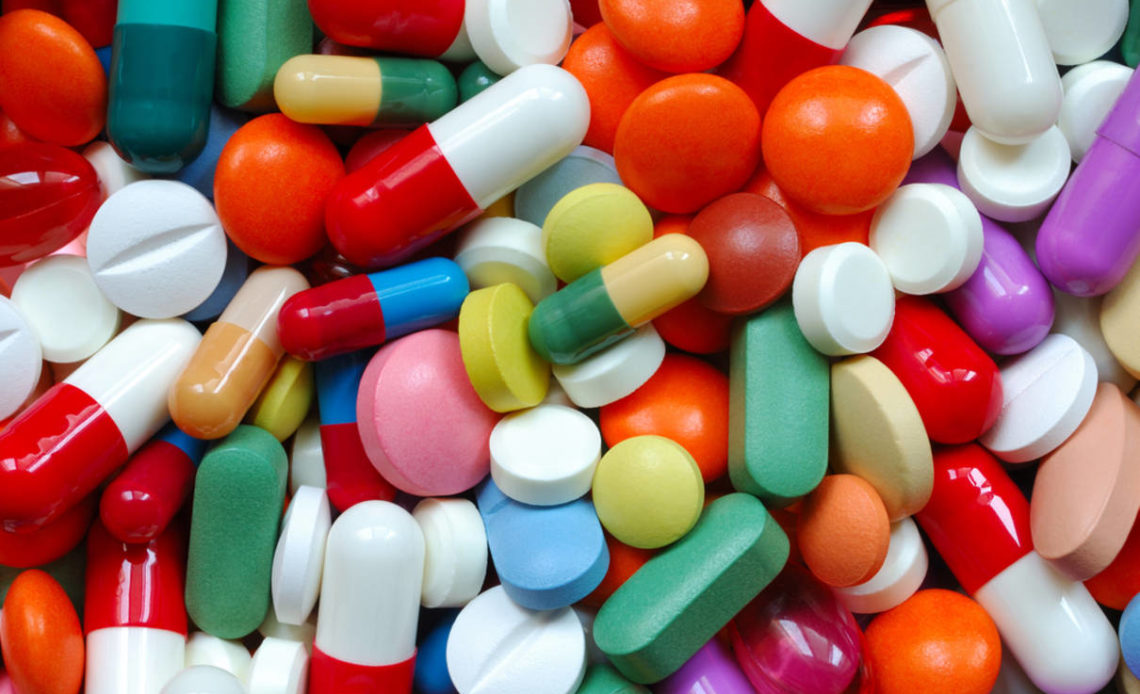
About 98% of creatine is inside the muscle cells. Once inside the muscle cell, creatine can remain creatine or be converted into phosphocreatine by an enzyme called creatine kinase. About 60% of the creatine pool is in the form of creatine phosphate and about 40% in the form of free creatine. Theoretically, any increase in phosphocreatine would be beneficial for body builders and athletes as phosphocreatine stores bonds with a high energy content which, breaking down, regenerate ATP (adenosine triphosphate) starting from ADP (adenosine diphosphate). This ATP can be used immediately as energy in high intensity muscle endeavors. Scientific studies have shown that the “rate” of ATP production, during intense physical exercise, is closely related to the concentration of phosphocreatine. What the creatine “load” does is increasing the total amount of creatine pool in the muscle, accelerating the “rate” of phosphocreatine resynthesis and thus prolonging energy capacity. This is because more creatine is readily available to regenerate phosphocreatine.
Our average diet provides about 1 gram of creatine per day. In total, therefore, the amount of creatine that an individual can accumulate is about 2 grams per day. Creatine and phosphocreatine are then degraded in a non-reversible enzymatic reaction into creatinine which is then eliminated by the kidneys at a “rate” of 1.6% per day. Practically, the body maintains balance by eliminating as much creatine as it accumulates.
The dose of 2-3 grams per day of extra creatine seems to be the optimal one to prevent this deficiency and this can be defined as a recovery supplement. Conversely, there are various studies that show that a creatine load of the order of about 20 grams per day for a week or 10 grams for 15 days is capable of causing muscle super-compensation with creatine levels higher than normal , with obvious advantages for muscle performance. Exogenous creatine to exert its ergogenic effect must first be absorbed from the intestine and enter the portal vein system.
From here it passes through the liver and enters the general circulation where the most crucial point is its transfer from the blood into the muscle cell. In 1995 a study by Dr. Greenhaff showed that subjects who took creatine with carbohydrates had a greater increase in the concentration of creatine in the muscle. Insulin exerts its effect on muscle cells by binding to specific receptors. Insulin-receptor contact activates various biochemical reactions at the cellular level, but what interests us most is the transfer of GLUT-4 glucose receptors, which migrate from the inside to the outside of the cell membrane. This transfer of GLUT-4 receptors increases the number of carriers (transporters) of glucose on the surface of the membrane, thus allowing greater entry of nutrients into the cell. Creatine and other amino acids such as taurine penetrate through the same transport channels, thus exerting their cell volumizing effect, also stimulating protein synthesis.
The optimal maintenance dosage in a well-trained and well-structured power athlete is around 10 grams per day. Among other things, there is scientific evidence that taking it in a single dose leads to better absorption rather than smaller doses taken during the day. This appears to be due to a "down regulation" of creatine receptors. That is, after the first intake of creatine there is a decrease in cell receptors for the same.
Therefore, based on these evidences, it would be better to consume a good dose of creatine only once a day (every 24 hours) to maximize the "uptake" (capture) of creatine. As far as glucose is concerned, we know that the optimal dose of glucose to stimulate insulin is about 75 grams of glucose, in fact this is the quantity recommended by the WHO (World Health Organization) and used in the Diabetes institutes for the "test of glucose load ", the purpose of which is to give maximum stimulation to insulin to measure its values (insulinemia) and the consequent variations in glycaemia. So 75 grams of glucose appears to be the optimal dosage to stimulate the pancreas to produce the greatest amount of insulin in a short time. Taking this amount of glucose with 10 grams of creatine should be the best way to maximize the concentration of creatine in the muscle. At this point, if we really want to do our best, we will also have to resort to substances capable of increasing the sensitivity of muscle cells to insulin. First of all, the training itself has this effect and consequently the best time to take our creatine with glucose is after training. In this situation, the particularly sensitized muscle cells will capture all the glucose and with it the creatine. But there are also substances that can increase the effectiveness of insulin by increasing its sensitivity: one of these is chromium picolinate. Various studies have shown that chromium supplementation increases glucose tolerance by improving insulin sensitivity by 50%. Chromium is one of the components of a biologically active compound which is the Glucose Tolerance Factor (GTF). GTF should be a complex consisting of chromium, nicotinic acid, glycine, cysteine, and glutaric acid. The GTF exerts its influence by enhancing the bond between insulin and its receptors on the cell membrane. In many people, chromium deficiency should be the cause of insufficient GTF formation. Intense physical activity among other things increases the elimination of chromium. But there is another very powerful insulin-enhancing agent, lipoic acid.
Lipoic acid has been studied extensively in Germany, where it is now used for the treatment of type II diabetes. Furthermore, there is scientific evidence that lipoic acid increases insulin sensitivity even in healthy people. It seems that the effect of lipoic acid is due to its functioning as a coenzyme in the active transport of glucose within the muscle cell and its positive modulation on the number of insulin receptors on the surface of the cell membrane. By increasing the number of insulin receptors, more nutrients can be "fired" into the muscle cell. Some studies have shown that lipoic acid increases glucose uptake and its oxidation by 50%. This involves the possibility of accumulating more glycogen, increasing the entry of amino acids that use the same transport systems and increasing the amount of creatine with the result of greater availability of energy in the muscle. In addition, lipoic acid is a powerful antioxidant which due to its chemical characteristics is both water-soluble and fat-soluble and therefore exerts its protective action against free radicals both inside and outside the cell membrane. So summarizing if we wanted to maximize the effect of creatine it would be appropriate to associate it with the right amount of glucose, chromium, taurine and lipoic acid.
